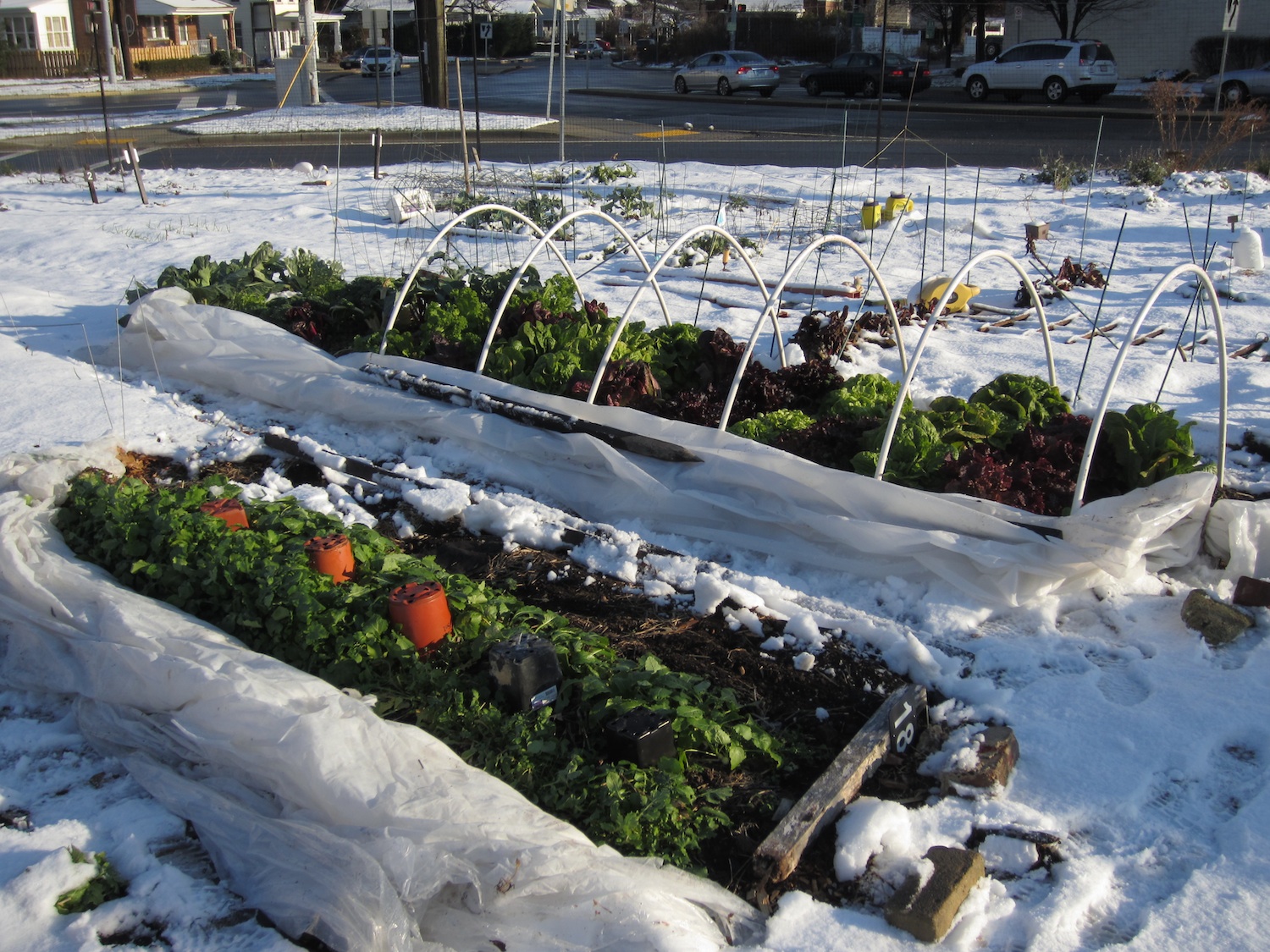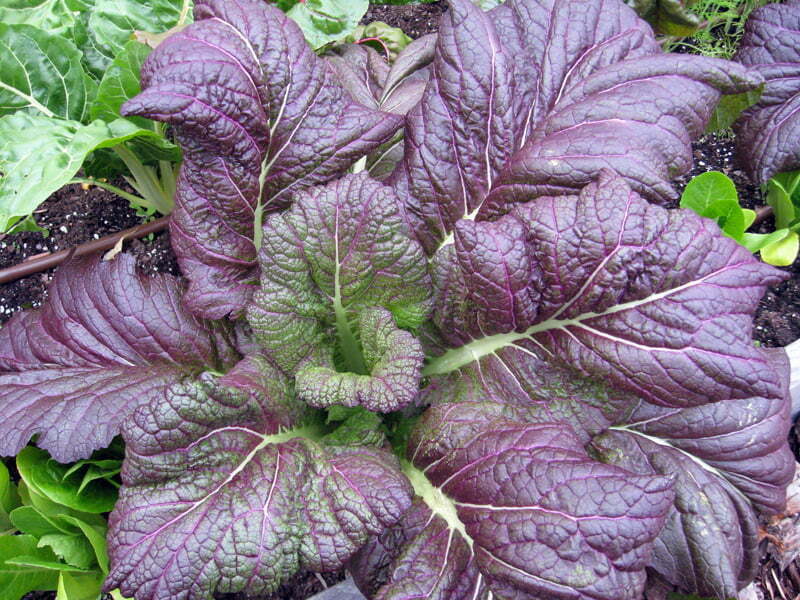Grow Cold-Hardy Veggies: Winter Garden Guide

Are you ready to transform your winter garden into a thriving oasis of fresh produce? Imagine stepping out into your frosty backyard and harvesting crisp, vibrant vegetables that have braved the cold. With the right cold-hardy vegetables and a few winter gardening tips, you can turn this dream into a reality. Let's dive into the world of winter vegetable gardens and explore how to cultivate hardy vegetables that will flourish even in the chilliest months.
Why Grow Cold-Hardy Vegetables?
Growing cold-hardy vegetables isn't just about having fresh produce; it's about embracing the unique challenges and rewards of winter gardening. These frost-tolerant plants are resilient, often requiring less water and attention than their warm-season counterparts. Plus, there's a certain satisfaction in defying the elements and nurturing life when everything else seems dormant.
Choosing the Right Cold-Hardy Vegetables
When selecting cold-season crops, it's essential to choose varieties that can withstand frost and even light snow. Some of the best options include:
Leafy Greens
- Spinach: This versatile green is not only delicious but also packed with nutrients. It can tolerate temperatures as low as 20°F (-6°C).
- Kale: Known for its hardiness, kale can survive temperatures down to 10°F (-12°C) and even tastes sweeter after a frost.
- Lettuce: While not as cold-hardy as spinach or kale, some varieties like 'Winter Density' and 'Arctic King' can withstand light frosts.
Root Vegetables
- Carrots: These root vegetables can tolerate light frosts and even taste sweeter after a cold snap.
- Beets: Beets are surprisingly hardy and can withstand temperatures down to 20°F (-6°C).
- Turnips: Both the roots and greens of turnips are edible and can survive temperatures as low as 20°F (-6°C).
Brassicas
- Cabbage: This sturdy vegetable can withstand temperatures down to 20°F (-6°C).
- Broccoli: While the florets are more sensitive, the plant itself can tolerate light frosts.
- Brussels Sprouts: These mini cabbages actually taste better after a frost and can survive temperatures down to 20°F (-6°C).
Preparing Your Winter Vegetable Garden
Before you start planting, it's crucial to prepare your garden for the cold season. Here are some winter gardening tips to get you started:
Soil Preparation
Ensure your soil is well-draining and rich in organic matter. Adding compost or well-rotted manure can improve soil structure and fertility. Remember, cold-hardy vegetables prefer a pH between 6.0 and 7.0.
Timing is Everything
Plant your cold-season crops at the right time. Most cold-hardy vegetables should be planted 6-8 weeks before the first expected frost. This gives them enough time to establish before the cold sets in.
Mulching
Mulching your winter vegetable garden can help insulate the soil, retain moisture, and suppress weeds. Organic mulches like straw, pine needles, or shredded leaves work best.
Caring for Your Cold-Hardy Vegetables
Once your plants are in the ground, they'll need some TLC to thrive. Here's how to care for your cold-hardy vegetables:
Watering
Water your plants deeply but less frequently. Cold-hardy vegetables need about 1 inch of water per week. Remember, overwatering can be just as harmful as underwatering.
Fertilizing
Most cold-hardy vegetables are light feeders. A balanced, slow-release fertilizer applied at planting should be sufficient. You can also side-dress with compost mid-season if needed.
Pest and Disease Management
While pests and diseases are less common in winter, they can still pose a threat. Keep an eye out for aphids, slugs, and powdery mildew. Use organic or synthetic controls as needed, following the manufacturer's instructions.
Protecting Your Plants from the Cold
Even the hardiest vegetables need some protection from extreme cold. Here are some ways to shield your plants:
Row Covers
Row covers can provide a few degrees of frost protection. They allow light, water, and air to pass through while keeping the cold at bay.
Cold Frames
Cold frames are like mini greenhouses. They can protect your plants from frost and even extend your growing season.
Mulching
As mentioned earlier, mulching can insulate your soil and protect your plants' roots from the cold.

Harvesting Your Winter Bounty
Harvesting your cold-hardy vegetables is a rewarding experience. Here are some tips to ensure you're doing it right:
Leafy Greens
Harvest the outer leaves of spinach, kale, and lettuce as needed. This encourages the plant to produce more leaves.
Root Vegetables
Harvest carrots, beets, and turnips when they reach a usable size. You can leave them in the ground and harvest as needed, as long as the soil doesn't freeze.
Brassicas
Harvest cabbage when the heads are firm. For broccoli, cut the main head when it's tight and before the flowers open. Brussels sprouts can be harvested when the sprouts are about 1 inch in diameter.
Conclusion
Growing cold-hardy vegetables is a rewarding challenge that can turn your winter garden into a thriving oasis. By choosing the right varieties, preparing your garden, and caring for your plants, you can enjoy fresh, homegrown produce even in the coldest months. So, why not embrace the frost and start your winter gardening adventure today? Your taste buds and your green thumb will thank you!
FAQs
What are the best cold-hardy vegetables for beginners?
- Spinach, kale, and carrots are great choices for beginners. They're easy to grow and can withstand a range of temperatures.
Can I grow cold-hardy vegetables in containers?
- Yes, many cold-hardy vegetables can be grown in containers. Just make sure your containers are large enough and have good drainage.
How do I know when to plant my cold-hardy vegetables?
- Most cold-hardy vegetables should be planted 6-8 weeks before the first expected frost. Check your local frost dates to determine the best planting time.
What should I do if a hard freeze is forecasted?
- If a hard freeze is forecasted, protect your plants with row covers, cold frames, or even blankets. Watering your plants can also help insulate them from the cold.
Can I grow cold-hardy vegetables in the spring?
- Yes, many cold-hardy vegetables can be grown in the spring. They prefer cool temperatures and can be planted as soon as the soil can be worked.

Happy gardening! Remember, every expert was once a beginner. With each seed you sow, you're cultivating not just a garden, but a greener, healthier lifestyle. So, grab your gloves, embrace the cold, and let's grow together!
0 Response to "Grow Cold-Hardy Veggies: Winter Garden Guide"
Post a Comment